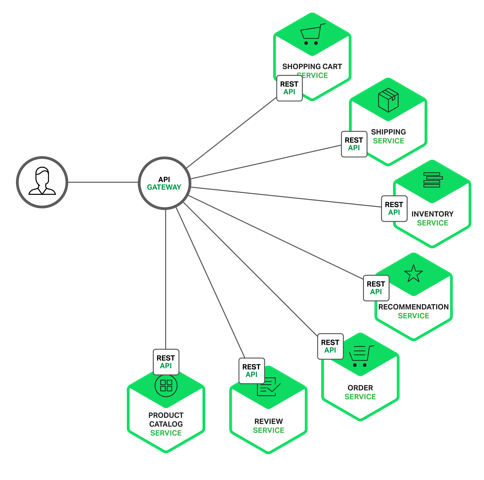ICO means Initial Coin Offering. This is a latest buzzword and latest way startups are raising money. The moment I say “raising money”, you will be tempted to compare this term with IPO – Initial Public Offering. However, hold on. They are similar yet very different.

What is ICO then?
In ICO, a company sells tokens or coins to people of entities who are willing to invest their money in the company’s project or product. The coins or tokens can be purchased in lieu of other digital currencies such as Bitcoin or Ether or even with real money (e.g. USD). The company who is selling the coins announces their purpose of raising the money. Investors who believe in that purpose, purchase those coins. If company’s project or product is launched and successful, one can expect the value of the purchased coins going up. And then the investor can sell his/her tokens and make profit.
All this sounds familiar with IPO, right?
Let’s talk about the real difference.
When you invest money in the IPO, you get shares in the publicly traded company. You get voting rights, you get ownership in the company equivalent to your shares. You could decide to increase your stake in the company. The company is required to disclose all the accounts, audit reports and is regulated by central agency such as SEC (US) or SEBI (India).
However, in case of ICO, you do not get any ownership of the company. Neither you get any voting rights nor you can hope to increase your stake in the company. The only thing that you can hope and can expect is that the tokens would increase in their values and you get your returns.
ICO can also be referred as crowdsourcing through cryptocurrency.
Facts about ICO
- First token sale – July 2013
- Tracked via CoinDesk
- Money raised until now – USD 3.3B
Related Links
Related Keywords:
Cryptocurrency, Bitcoin, Blockchain

